How to Choose the Right Sunscreen for Kids
Why Sunscreen Matters for Kids
As a parent, keeping your child’s skin safe is a top priority, but with so many sunscreen options out there, it’s easy to feel overwhelmed. Kids have delicate, more sensitive skin than adults, which means they’re more vulnerable to sunburn and the long-term effects of UV exposure. From painful sunburns to an increased risk of skin damage later in life, protecting their skin today lays the foundation for healthy habits and healthier skin in the future.
Choosing the right sunscreen isn’t just about grabbing the first bottle with a cute label—it’s about understanding what your child’s skin needs. This guide will help you navigate the process, so you can find a sunscreen that works well, feels great, and keeps their skin protected, no matter how long the outdoor adventures last. Let’s dive into the essentials!
Understanding Sunscreen for Kids
Delicate Skin, Special Needs
Kids’ skin is more sensitive than an adult’s, and that’s not just a saying—it’s science! Their thinner epidermis makes them more prone to sunburn, irritation, and even absorbing chemicals from skincare products. This is why choosing a sunscreen that’s specifically designed for children is so important. It’s not just about SPF; it’s about protecting their delicate skin without overwhelming it with unnecessary ingredients.
What Makes a Sunscreen “Kid-Friendly”?
Not all sunscreens are created equal, especially when it comes to kids. A truly kid-friendly sunscreen has:
- Hypoallergenic formulas to prevent irritation on their sensitive skin.
- Mineral-based ingredients like zinc oxide or titanium dioxide that sit on the surface of the skin rather than being absorbed, offering a gentle and effective barrier.
- Free from harmful chemicals such as oxybenzone, parabens, and synthetic fragrances that can cause irritation or potential long-term harm.
- Designed for sensitive skin with soothing ingredients like aloe vera or chamomile.
These features ensure that your little one is protected while reducing the risk of irritation or allergic reactions—because sunscreen shouldn’t add to your worries!
Age-Based Recommendations
For Babies Under 6 Months
When it comes to babies under six months, sunscreen isn’t usually recommended. Their skin is super delicate and absorbs chemicals more readily than older children, which makes it essential to be cautious. Instead of sunscreen, focus on physical barriers:
- Shade: Keep your baby in the shade as much as possible, especially during peak sun hours (10 a.m. to 4 p.m.).
- Clothing: Opt for lightweight, long-sleeve shirts, pants, and a wide-brimmed hat to protect them from direct sunlight.
- Baby-safe Hats: A hat with a brim helps shield their face, neck, and ears from harmful rays.
These precautions provide a safer alternative to sunscreen until they’re old enough for it.
6 Months and Older
Once your baby turns six months, it’s safer to start using sunscreen. However, you still want to be selective about the type you use. Here’s what to look for:
- Gentle, Mineral-Based Sunscreens: Mineral sunscreens, containing zinc oxide or titanium dioxide, are best for children’s sensitive skin as they create a physical barrier against UV rays.
- Broad-Spectrum Protection: Ensure the sunscreen offers broad-spectrum protection, shielding against both UVA and UVB rays.
- Patch Test for Allergies: Always do a patch test first, applying a small amount to a small area of your child’s skin to check for any reactions.
At this age, it’s also important to make sunscreen part of the routine when they’re outdoors for longer periods. These steps will help ensure your little one stays protected as they grow and explore!
Ingredients to Look For and Avoid
Safe Ingredients
When it comes to protecting your child’s sensitive skin, choosing a sunscreen with safe, gentle ingredients is crucial. Here’s what to look for:
- Mineral-Based Active Ingredients:
- Zinc Oxide: Offers broad-spectrum protection by physically blocking UVA and UVB rays. It’s gentle and non-irritating, making it ideal for kids with sensitive skin.
- Titanium Dioxide: Another safe, mineral-based ingredient that reflects harmful UV rays without penetrating the skin.
- Why They’re Great: These ingredients sit on top of the skin to create a physical barrier, so they don’t get absorbed into the body like chemical sunscreens might.
Ingredients to Avoid
To keep your child’s skin irritation-free, steer clear of the following potentially harmful ingredients:
- Oxybenzone: A chemical filter linked to hormone disruption and allergic reactions.
- Parabens: Often used as preservatives, these can disrupt hormones and cause sensitivities in children.
- Phthalates: Found in fragrances and other product components, they can cause irritation and have been linked to potential long-term health concerns.
- Synthetic Fragrances: Can trigger allergies or sensitivities, especially on delicate skin.
- Retinyl Palmitate: A derivative of vitamin A that may increase skin sensitivity under sunlight.
Quick Tip: Always check the label for terms like “mineral-based,” “hypoallergenic,” and “fragrance-free” to ensure the sunscreen is as safe as it is effective!
Alternatives to Sunscreen
Sun-Protective Clothing
One of the easiest and most effective ways to shield your child’s skin from harmful UV rays is by dressing them in UPF-rated clothing.
- What to Look For: Clothing with a UPF (Ultraviolet Protection Factor) rating of 50+ provides excellent sun protection. Long-sleeved shirts, lightweight pants, and wide-brimmed hats are key items.
- Bonus Tip: Rash guards or swim shirts with built-in UPF are great for pool or beach days—they stay protective even when wet!
Shade as a Strategy
Sometimes, the best sun protection is simply staying out of it.
- Time Your Activities: Plan outdoor fun in the early morning or late afternoon, when the sun’s rays are less intense (generally before 10 a.m. and after 4 p.m.).
- Create Portable Shade: Use umbrellas, pop-up tents, or stroller sun covers to keep your little one shielded, especially during peak sun hours.
Sunglasses
Don’t forget about protecting your child’s eyes! UV damage can affect vision over time, so investing in UV-blocking sunglasses is important.
- What to Choose: Look for sunglasses labeled 100% UV protection or UV400 for maximum coverage.
- Kid-Friendly Options: Many brands offer flexible, durable designs made specifically for active kids—perfect for all-day wear!

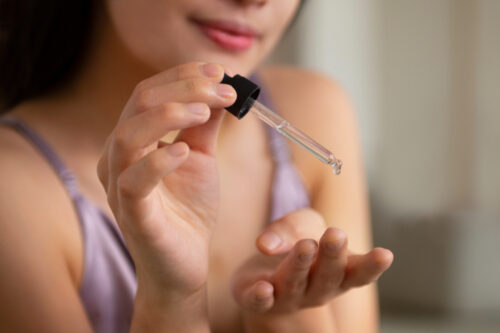


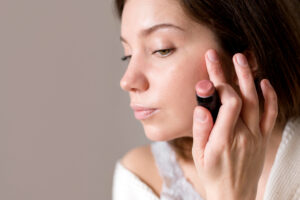

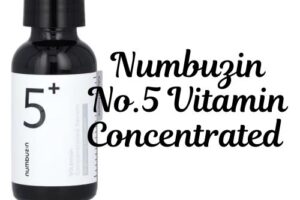
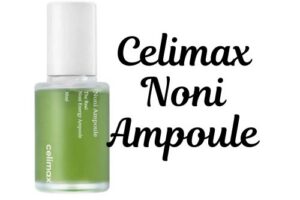
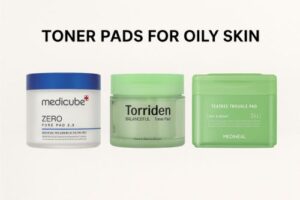
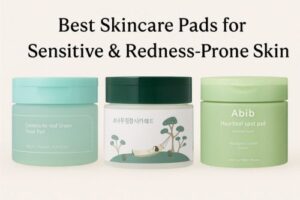
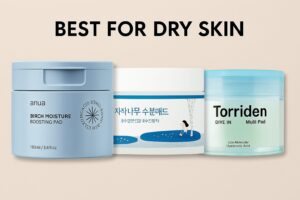

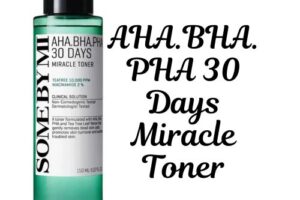
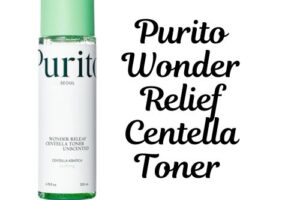
Post Comment